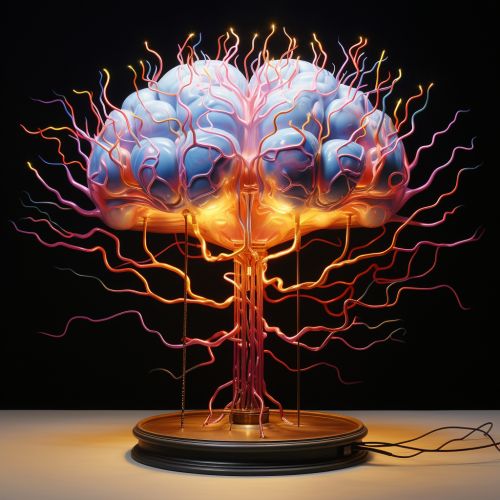The Science of Human Cognitive Styles in Music Perception
Introduction
Human cognitive styles in music perception refer to the different ways individuals process, interpret, and respond to musical stimuli. This field of study is a subset of cognitive psychology and music psychology, focusing on the cognitive processes involved in the perception and understanding of music.


Cognitive Styles
Cognitive styles are the preferred ways in which individuals process information. They are not fixed traits but can be influenced by factors such as culture, education, and personal experiences. In the context of music perception, cognitive styles can significantly affect how individuals perceive and interpret music.


Field Dependence-Independence
One of the most studied cognitive styles in psychology is field dependence-independence. Field-dependent individuals tend to perceive information as a whole, while field-independent individuals are more likely to focus on individual components. In music perception, field-dependent individuals may be more inclined to perceive music holistically, focusing on the overall melody or harmony. In contrast, field-independent individuals may focus more on individual notes or instruments.
Analytic-Holistic Thinking
Another cognitive style relevant to music perception is analytic-holistic thinking. Analytic thinkers tend to break down information into its constituent parts for analysis, while holistic thinkers prefer to view information as a whole. In music perception, analytic thinkers may focus on individual notes, rhythms, or instruments, while holistic thinkers may focus more on the overall melody, harmony, or mood of the piece.


Music Perception
Music perception involves several cognitive processes, including auditory perception, pattern recognition, memory, and emotional processing. These processes allow individuals to perceive and interpret musical stimuli, leading to a variety of responses, including emotional reactions, cognitive associations, and physical responses such as tapping a foot or dancing.
Auditory Perception
Auditory perception is the process by which the brain interprets and makes sense of auditory stimuli. In the context of music, this involves recognizing and interpreting sounds such as pitch, volume, timbre, and rhythm. The brain's auditory cortex plays a crucial role in this process, processing and interpreting the auditory information received from the ears.
Pattern Recognition
Pattern recognition is a cognitive process that allows individuals to identify and interpret patterns in sensory input. In music perception, this involves recognizing and interpreting patterns in musical elements such as melody, rhythm, and harmony. The brain's auditory cortex and other areas involved in higher cognitive functions play a crucial role in this process.


Memory
Memory plays a crucial role in music perception. It allows individuals to remember and recognize melodies, rhythms, and other musical elements. It also enables individuals to associate specific pieces of music with memories, emotions, and other cognitive associations.
Emotional Processing
Music can elicit a wide range of emotional responses, from joy and excitement to sadness and nostalgia. This emotional processing is mediated by several brain regions, including the amygdala, which is involved in emotional processing, and the nucleus accumbens, which is involved in reward processing.
Impact of Cognitive Styles on Music Perception
Cognitive styles can significantly impact how individuals perceive and interpret music. For example, field-dependent individuals, who tend to perceive information as a whole, may be more likely to focus on the overall melody or harmony of a piece of music. In contrast, field-independent individuals, who are more likely to focus on individual components, may focus more on individual notes or instruments.
Similarly, analytic thinkers, who tend to break down information into its constituent parts for analysis, may focus more on individual notes, rhythms, or instruments. In contrast, holistic thinkers, who prefer to view information as a whole, may focus more on the overall melody, harmony, or mood of the piece.


Conclusion
The study of human cognitive styles in music perception provides valuable insights into how individuals perceive and interpret music. Understanding these cognitive styles can help music educators tailor their teaching strategies to better meet the needs of their students. It can also inform the development of music therapy interventions, helping therapists to more effectively use music to promote mental health and well-being.
